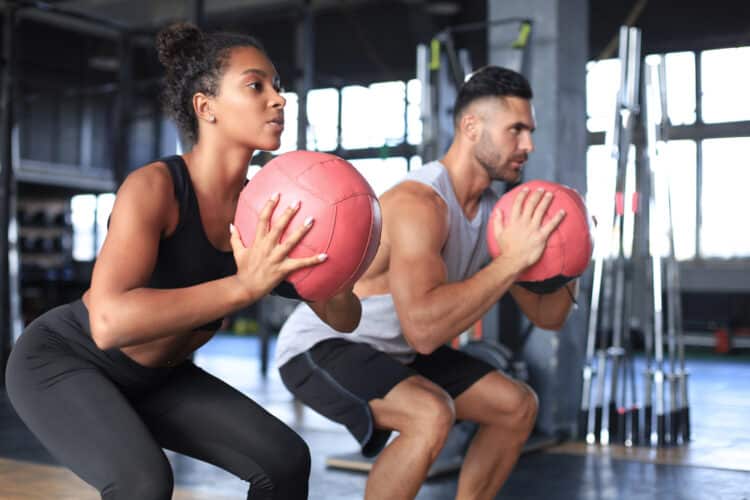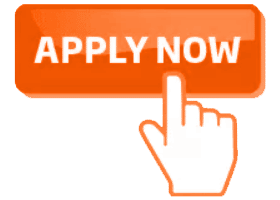
Helping people improve their health is a great career. But some clients need extra care and knowledge. If you want to help older adults, people with health issues, or others with unique needs, becoming a personal trainer for special populations is the path for you. This role is both challenging and deeply rewarding.
In Florida, with its large senior community and active residents, the need for these skills is growing. Let us walk through the steps to start this meaningful career in the Sunshine State.
Step 1: Understand the Role and Its Importance
A personal trainer for special populations works with clients who have specific health considerations. This goes beyond general fitness. You will create safe and effective workouts for people who may have diabetes, heart disease, or arthritis. You might also work with older adults to maintain their strength and balance. Your job is to adapt exercises to fit their abilities and help them reach their health goals without risk.
This career requires patience, empathy, and a deep understanding of the human body. You are not just a coach; you are a vital part of their healthcare team. Your work can help someone regain their independence or manage a chronic condition. It is a career that makes a real difference in people’s lives every day.
Step 2: Meet the Basic Requirements in Florida
First, you need to build a strong foundation. While Florida does not require a state license to be a personal trainer, employers and insurance companies have their own rules. They look for certain qualifications to make sure you are prepared.
The basic steps everyone should take are:
- Be at least 18 years old and have a high school diploma or GED.
- Get CPR and AED certified. This is non-negotiable. You must be ready to handle an emergency.
- Build a strong knowledge base in anatomy, physiology, and exercise science.
This foundation is what allows you to then specialize. A comprehensive program, like the personal fitness training course at NPTI Florida, is designed to give you this core knowledge from the ground up. We are a licensed and accredited school, and our veteran-owned and staffed team is committed to building this foundation with you.
Step 3: Get Your Core Personal Trainer Certification
Your next step is to become a certified personal trainer. This is your ticket to working in gyms and with clients. A good certification proves you understand the fundamentals of fitness and program design.
When looking for a personal trainer certification in Florida, choose one from a recognized organization. Look for programs that are accredited by bodies like the NCCA. This shows the certification meets high standards. The exam will test your knowledge on everything from designing workouts to professional ethics.
This general certification is your starting point. It qualifies you to train the general public and is expected by almost every employer. It is the necessary first credential before you can add a specialty.
Step 4: Specialize with an Advanced Certification
After you have your core certification, it is time to specialize. This is where you become a true expert. A personal trainer certification for special populations dives deep into working with clients who have unique needs.
A quality special populations course will teach you:
- How common medications affect exercise.
- Safe ways to train clients with joint pain, heart conditions, or diabetes.
- How to design programs for older adults, focusing on balance and bone density.
- Ways to adapt exercises for pregnant women and postpartum clients.
This specialized knowledge is what sets you apart. It allows you to confidently work with clients that many other trainers are not prepared to help. For example, at NPTI Florida, we offer a dedicated special population fitness course that builds directly on our core diploma, giving trainers the advanced tools they need for this important work.
Step 5: Gain Practical, Hands-On Experience
Knowledge from a book is one thing. Applying it with real people is another. The best way to build confidence is through hands-on experience. Look for opportunities to work with special populations under the guidance of an experienced mentor.
You can gain this experience by:
- Interning or shadowing at a physical therapy clinic or a gym that serves older adults.
- Volunteering at a local senior center or community health program.
- Working at a gym and slowly taking on clients with simpler special needs, always with support.
This real-world practice is invaluable. It teaches you how to communicate, observe, and adjust on the spot. It’s where you learn to see the person, not just the condition. This experience is what transforms a certified trainer into a skilled and trusted professional.
Step 6: Build Your Career in Florida
With your certifications and experience, you are ready to build your career. Florida is a fantastic place to be a special populations trainer. The large retiree population means there is a constant need for trainers who understand the needs of older adults.
You can work in many settings:
- Senior Living Centers and Retirement Communities
- Hospital-Based Wellness Centers
- Physical Therapy and Rehabilitation Clinics
- Corporate Wellness Programs
- Your Own Private Business, training clients in their homes or in a private studio.
Network with physical therapists and doctors. Let them know about your specialized skills. They are often looking for trusted fitness professionals to refer their patients to after formal therapy ends.
A Fulfilling Path Forward
Becoming a personal trainer for special populations in Florida is a clear and structured process. It starts with a solid foundation, builds with a core certification, and excels with a specialized focus. This path allows you to build a career that is not just about fitness, but about transforming lives for those who need it most, such as seniors or those managing chronic conditions. Your guidance becomes a key part of their wellness journey.
By choosing to specialize, you are choosing to serve a community that greatly needs your help. You are choosing a career filled with purpose and the deep satisfaction that comes from making a tangible difference in the health and happiness of others.

